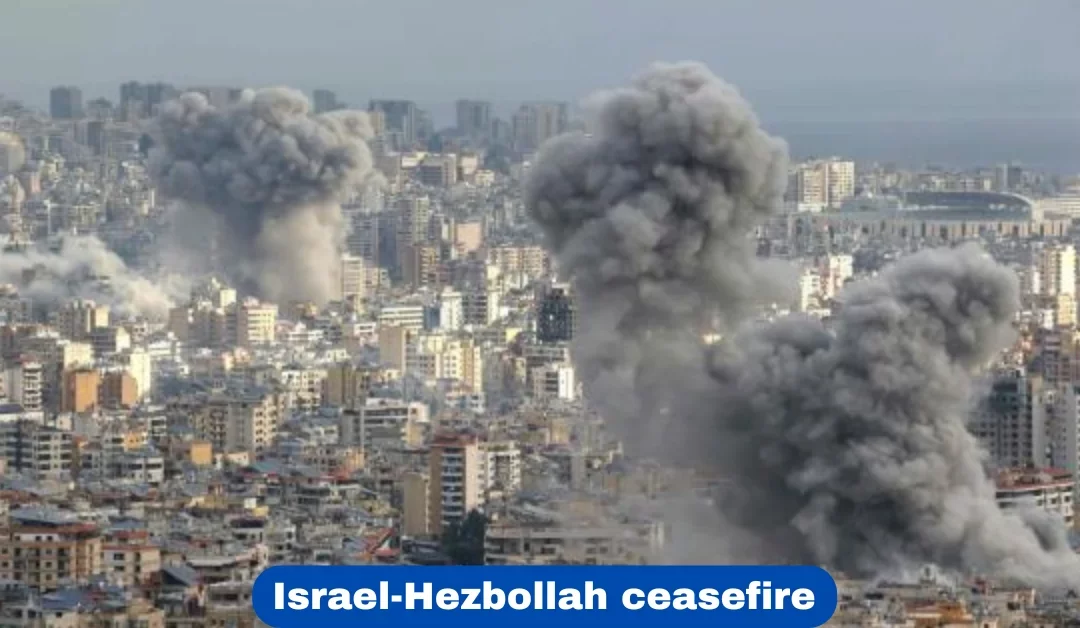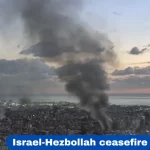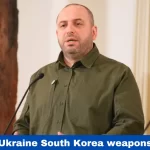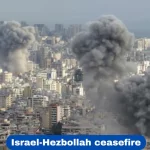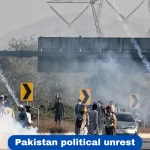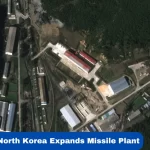A major breakthrough is on the horizon as Israel and Iran-backed Hezbollah seem close to finalizing a ceasefire agreement. Officials from both nations and international leaders have expressed optimism that this deal could put an end to the ongoing conflict, which has taken thousands of lives and displaced millions. The war, sparked by the Gaza crisis over a year ago, has had devastating effects on both sides.
This article provides a detailed overview of the ceasefire, the challenges involved, and the potential impact on the region.
The Path to the Ceasefire
Efforts to negotiate a ceasefire have gained significant momentum in recent weeks. Key developments include:
- Israel’s Security Cabinet Meeting: Israel’s Prime Minister Benjamin Netanyahu is expected to chair a critical meeting to finalize and approve the agreement.
- International Diplomacy: The United States and France have been instrumental in brokering the deal. Leaders like President Joe Biden and President Emmanuel Macron are likely to announce the agreement once finalized.
- Lebanese Optimism: Lebanese Foreign Minister Abdallah Bou Habib expressed hope for a resolution during a foreign policy conference, emphasizing its importance in ending one of the deadliest conflicts in the region.
Terms of the Agreement
The proposed ceasefire has several key conditions aimed at ensuring lasting peace:
- Troop Withdrawal: Israeli troops will withdraw from southern Lebanon, a region dominated by Hezbollah.
- Deployment of Lebanese Army: Lebanon plans to deploy at least 5,000 soldiers to the south, establishing control over areas previously held by Hezbollah.
- United Nations Role: The agreement includes provisions for strict UN enforcement, ensuring that both parties adhere to the ceasefire terms.
- Hezbollah’s Retreat: The group will end its armed presence south of the Litani River, allowing displaced civilians to return home.
Challenges and Concerns
While the ceasefire is a positive step, challenges remain:
- Rebuilding Efforts: Lebanon faces a monumental task of reconstruction. Israeli airstrikes have left significant destruction, displacing over a million people during the winter.
- Enforcement of Terms: Israel has emphasized “zero tolerance” for violations and insists on maintaining the ability to act against any future threats from Hezbollah.
- Hezbollah’s Stance: Senior Hezbollah officials remain cautious, emphasizing that any lasting peace requires Israel to end its aggression.
Impact of the Ceasefire
The ceasefire, if successful, could bring much-needed relief to civilians on both sides of the border:
- For Lebanon:
- Rebuilding southern Lebanon with international assistance.
- Reducing the humanitarian crisis caused by displacement and destruction.
- Strengthening the Lebanese army’s presence in the region.
- For Israel:
- Allowing 60,000 displaced residents in northern Israel to return home.
- Maintaining strategic freedom to address potential threats.
- Alleviating military pressure to focus on other security challenges.
The Cost of Conflict
The war between Israel and Hezbollah has led to immense loss of life and resources:
- Over 3,750 deaths reported in Lebanon, including civilians and combatants.
- Approximately 1 million people displaced, creating a severe humanitarian crisis.
- In Israel, Hezbollah attacks have killed 45 civilians and 73 soldiers, with many homes and communities evacuated due to rocket fire.
Global Diplomacy and Future Implications
The United States and its allies see the Lebanon ceasefire as a stepping stone toward broader regional stability. U.S. Middle East envoy Brett McGurk is set to discuss how this agreement could influence efforts to resolve the Gaza conflict during talks in Saudi Arabia.
Lebanon and Israel’s adherence to the ceasefire terms will be crucial in determining whether this marks the beginning of long-term peace or merely a temporary pause in hostilities.

